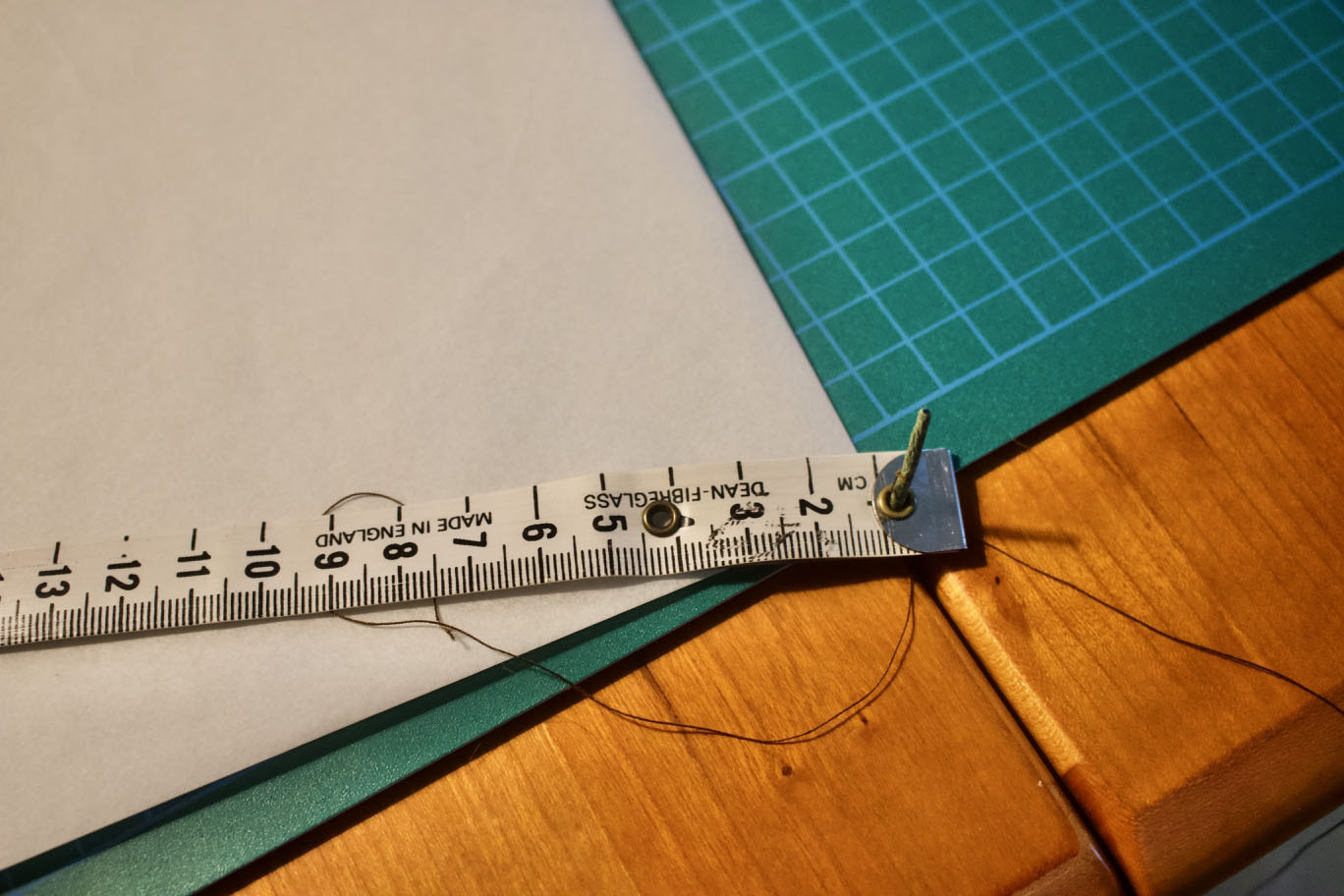The cushion fold is usually made from square fabric1,2 but may also be made from a circle blintz, which is highly decorative and looks great as a couch cushion.3,4
Here is how to make it.
What Is the Cushion Fold?
Basically, the cushion fold is the same as the blintz: folding all corners to the center. In sewing, for decorative purposes, it is often combined as a double blintz: Blintz; turn over; blintz again. This is basically the fortune teller that we have all met in kindergarten. The only unusual thing is that we start from a circle for the cushion fold to obtain a decorative effect.
For sewing the cushion, we need more materials and tools than are usual in origami, but it really isn’t difficult. Only straight, standard stitches and three buttonholes are needed.
The Materials
- A square cushion. 40 cm x 40 cm (18″ seems to be a standard size in the United States, so we will give proportions for this size in parentheses). One side and the four corners will be visible.
- Two pieces of fabric with coordinating patterns. Two times the cushion width plus seam allowance. 83 cm (37¼″, which includes a ⅝″ seam allowance) total in each direction.
- Matching sewing thread.
- A matching button.
- Optional: Vliesofix fusible webbing 80 cm x 80 cm (36″ x 36″). This is a double-sided adhesive with a paper liner. It will be used to stabilize the two layers of fabric. It is melted onto the fabric with an iron. Vliesofix is a German brand. There are many additional brands of paper-backed fusible webbing available in the United States.
- Tracing paper (or even newsprint), at least twice the length of the cushion in each direction.
The Tools
Making the Cover

The Folding
The Result
Endnotes
1. Marina Brumpton, “Patchwork Pincushion — How to Sew,” uploaded January 23, 2013, retrieved August 16, 2019, YouTube video, 5:48, https://m.youtube.com/watch?v=W-JjrUVc83s. [back]
2. Cortinas Eli, “Tutorial Hermoso Cojín decorativo, Paso a paso,” uploaded 2018, retrieved August 15, 2019, YouTube video, 13:03, https://m.youtube.com/watch?v=Q_tTzDKTwlg. [back]
3. Katrina, “Katrina’s Tutorials: Fabric Ornament Number 2,” September 22, 2009, retrieved August 8, 2019, https://katrinastutorials.blogspot.com/2009/09/fabric-ornament-number-one.html?m.=1 [back]
4. Sue Rhodes, “Folded Japanese Cushion with Sue Rhodes (Taster Video),” (Justhands-on.tv), uploaded June 10, 2016, retrieved August 16, 2019, YouTube video, 1:08, https://m.youtube.com/watch?v=4Y2N4j3RhJ0.. [back]
Other Articles in This Series
“The Complete Blintz Part 1: The Yakko”
“The Complete Blintz Part 2: History of the Blintz”
“The Complete Blintz Part 3: Blintz Story Telling”
“The Complete Blintz Part 4: The Dragon and the Might of the Blintz”
“The Complete Blintz Part 5: Creating via Blintzing”




































